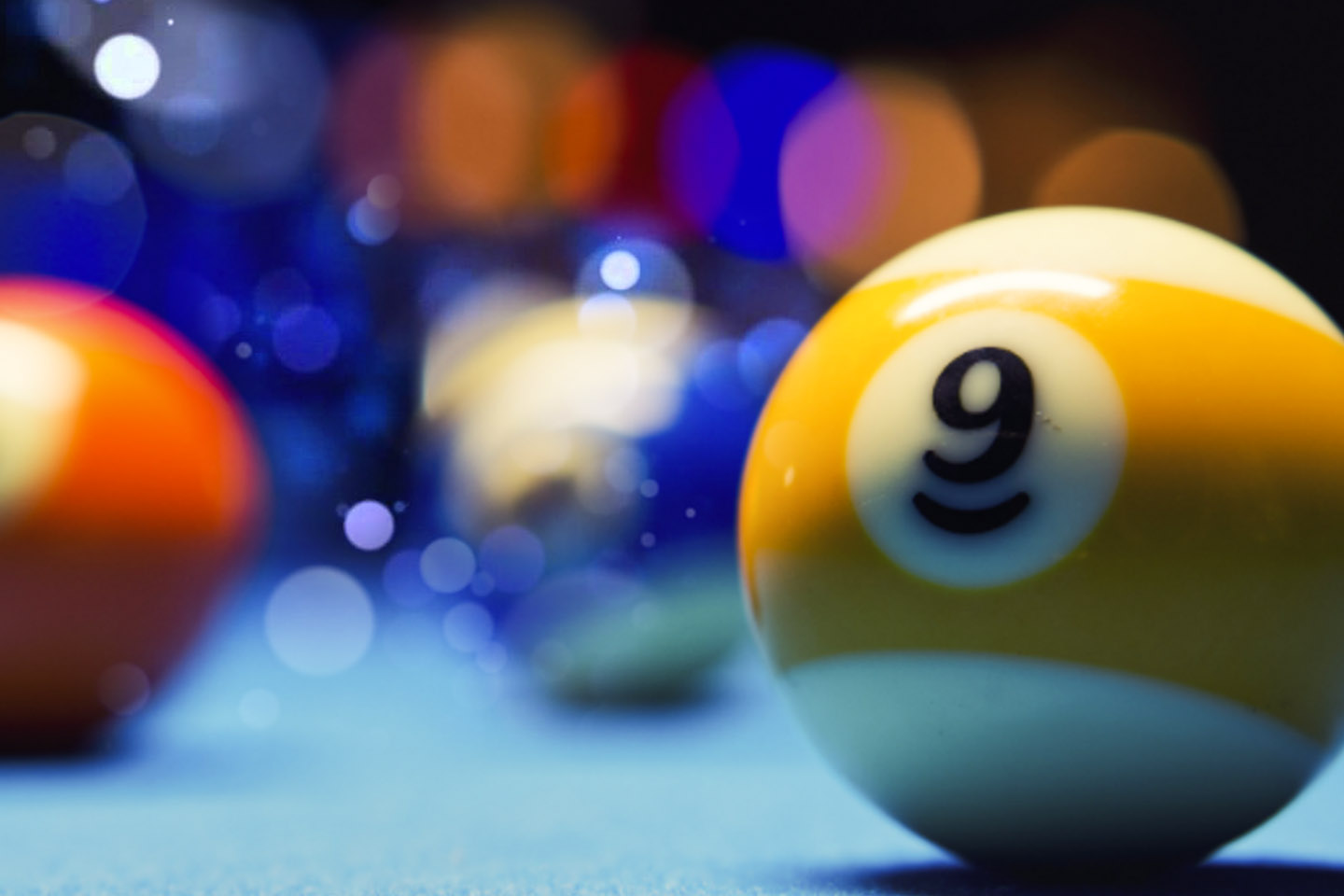Transıtıon From Ivory To Plastıc In Bıllıard Balls
It wouldn’t be wrong to say we live in a post-billiards age now. It may sound surprising but once there was a time period called the age of billiards, though it is long over now. Most of us have no idea about the grandeur of the era. From the middle of the 19th century, it was the most popular entertainment of the period for decades.
About a hundred years ago there were 830 pool halls in Chicago, while there are only 10 of them now. Billiards is not as popular as it used to be. Although it is officially accepted as a form of sport with ongoing tournaments, the interest in billiards is declining day by day. Plastics got into our lives in a profound way with the help of billiards.
The story begins with Michael Phelan, the father of the American billiards. He opened many huge billiard parlors in San Francisco and New York. Phelan believed equipments should be standardized to further popularize the game. Because if the tables and balls varied depending on the region, each game would have different dynamics.
So he patented a new type of billiard. Then, he took the money from that, also writing books about the game, and put his stamp on history as the first big billiards equipment manufacturer. However, it was not an easy task to standardize the billiard ball. The ball has to have certain physical characteristics. It has to bounce back properly and have a uniform density. However, there was only one material fit for it, ivory.
Going to Africa and get ivory in order to produce billiard-balls meant slaughtering elephants. The procedure was painful, expensive and dangerous. As a result, those in the billiard industry started seeking for an alternative material to be used. A variety of materials such as wood and iron were tested, but none were able to deliver the perfect performance as ivory. Only ivory, the high-grade ones, could provide the ideal weight, bounce and spin. In addition, a single ivory could be used for only three balls.
Dissatisfied, Phelan put an ad on newspapers offering $10000 for an alternative material for producing billiard balls. That was like three million dollars in today’s rate. John Wesley Hyatt, a printer who saw the ad, developed a formula by mixing nitrated cellulose and several chemicals. Back then, nitrated cellulose was used by printers to protect their hands. Today it is sold as liquid bandages.
The Hyatt found out that the material has interesting features. When it was dissolved, it turned into a kind of syrupy liquid. He made a film out of it, then put it under a press, creating the first plastic.
But Hyatt did not win Phelan’s prize. Celluloid was useful for many things, but it was not the right material for billiard-balls. The balls just didn’t bounce right. Hyatt tried pursuing it anyway, setting up his own billiard ball company, making balls with a thin veneer of celluloid over a layer of plaster on the inside. But they were considered of very poor quality.
Still, Hyatt didn’t give up on celluloid. With his brother Isaiah he set up a company trying to find new uses for the material. Eventually they found out that the best use for celluloid was ivory replicas. They started the production not only for billiard balls but also for fancy knife handles, combs and hand mirrors that would otherwise use ivory. And later on, celluloid would also be used in the production of films for cameras.
Cellulose was not very efficient for billiard balls, but it inspired people to make other types of plastics. One of those people was Leo Baekeland, who produced a new kind of petroleum-based plastic in 1907 We would later recognize this type of plastic as ”Bakelite”. Bakelite was the perfect material for billiard balls.
Even the top billiard tournaments used plastic balls in the 1940s. However, billiards unfortunately lost its popularity by then. Thus, the billiard era was over. Billiards has become a classic game played for years anyway. We have been in the post-billiards age since then, also knows as the age of plastics. Michael Phelan would probably feel bad about the current state of the game. He loved the game so much that he even wrote a five-pages long rhyming couplets.
And that’s how the age of billiards paved the way for the age of plastics.
Source and images: 99percentinvisible.org



